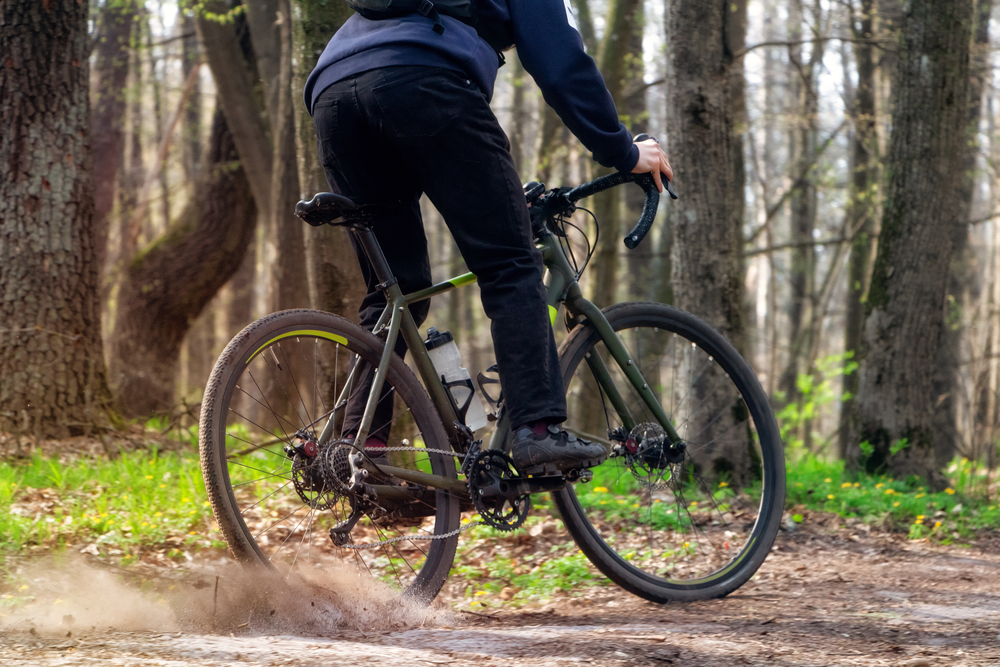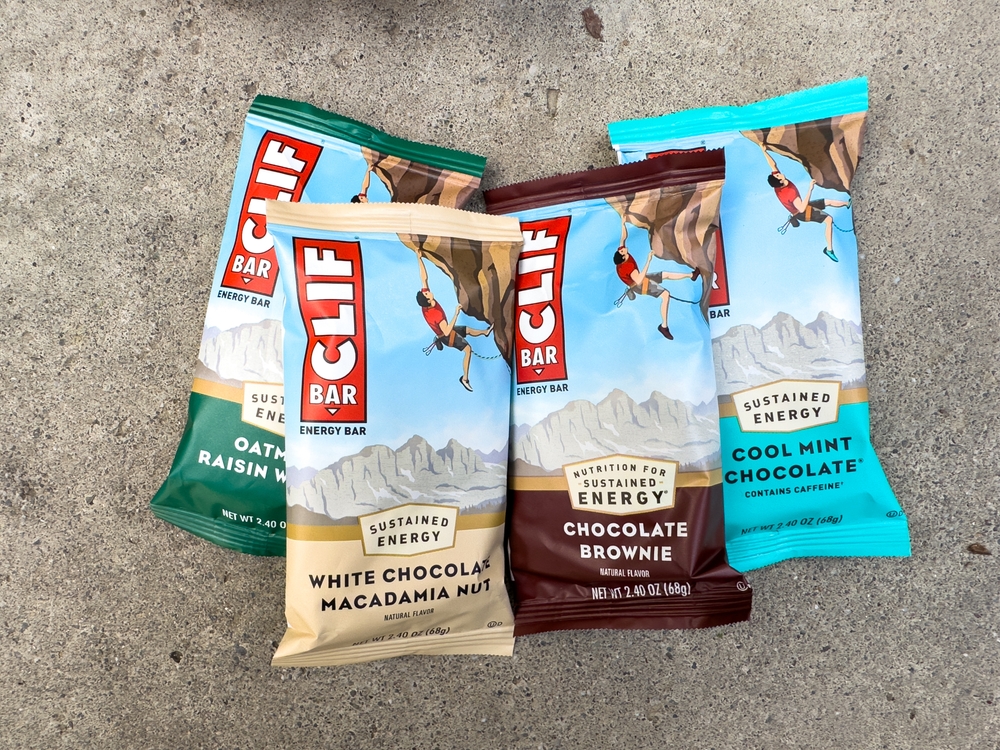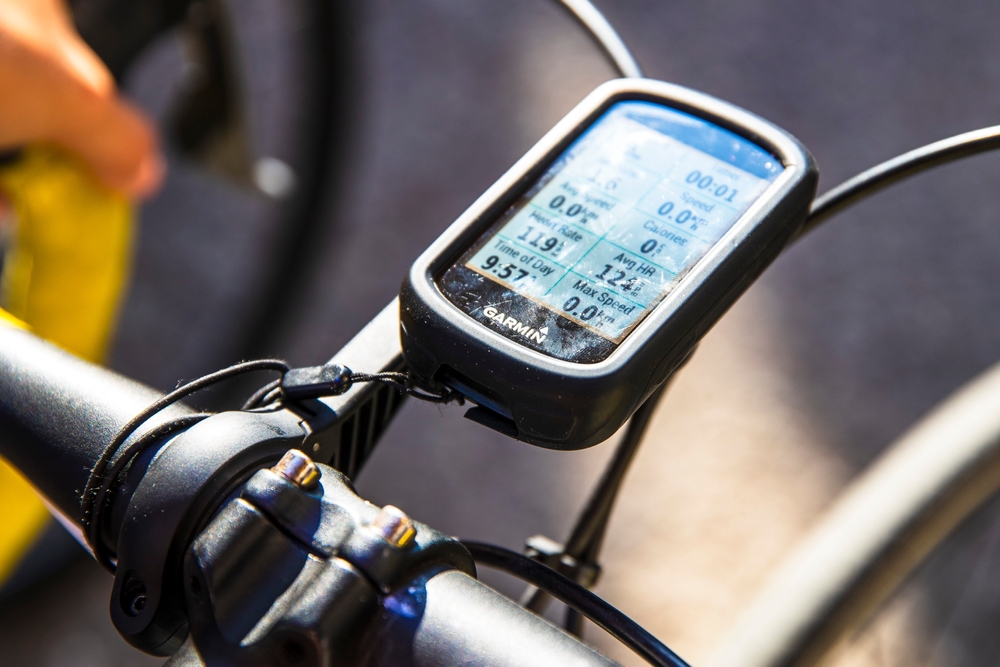Gravel Bikes – Everything You Need to Know
Gravel Bikes – Everything You Need to Know
Gravel bikes are a versatile option for cyclists who enjoy both paved roads and off-road trails. These bikes are designed to handle various terrains, from smooth tarmac to rugged paths. They offer several advantages over traditional road and mountain bikes.
History
Gravel bikes emerged as a response to the limitations of road and mountain bikes. Enthusiasts wanted a single bike that could perform well on multiple surfaces. Initially, cyclists modified cyclocross bikes to meet their needs, but manufacturers soon began producing gravel-specific designs. By the 2010s, gravel bikes gained popularity and became a distinct category in the cycling world.
Frame and Geometry
The frame of a gravel bike typically features a relaxed geometry. This design offers more comfort during long rides. The bottom bracket is lower, enhancing stability. The head tube angle is slacker compared to road bikes, allowing for better control on rough terrain. Frame materials vary, with options including aluminum, carbon fiber, steel, and titanium.
Wider Tires
Gravel bikes come with wider tires than traditional road bikes. These tires range from 35mm to 45mm in width. Wider tires provide better traction and comfort on uneven surfaces. They also reduce the risk of flats when riding on sharp rocks or loose gravel. Tubeless tires are common, which allow lower pressures for more grip and shock absorption.
Flared Handlebars
Another distinct feature of gravel bikes is their flared handlebars. These handlebars are wider at the ends, providing better control and stability on rough trails. The flare allows for an aerodynamic position while still offering a comfortable grip. Handlebars with additional hand positions can reduce fatigue during long rides.
Gearing
Gravel bikes often have a wide range of gears. This gearing is essential for tackling both steep climbs and fast descents. Many gravel bikes use a single front chainring with a wide-range cassette at the rear. This setup reduces weight and simplifies maintenance. Others use a double chainring for more gear options. The choice depends on the rider’s preferences and the terrain they plan to ride.
Brakes
Disc brakes are standard on gravel bikes. These brakes offer better stopping power and control in various conditions. They perform well in wet and muddy environments, making them suitable for off-road adventures. Hydraulic disc brakes provide more consistent braking and require less maintenance than mechanical ones.
Mounting Points
Most gravel bikes come with multiple mounting points for accessories. These points allow riders to attach racks, fenders, and extra water bottle cages. The ability to carry extra gear makes gravel bikes ideal for bikepacking and long-distance touring. Mounting points also add to the bike’s versatility.
Comfort and Endurance
Gravel bikes prioritize comfort. The relaxed geometry, wider tires, and ergonomic handlebars reduce strain on the rider. This focus on comfort makes gravel bikes suitable for long-distance rides. Many models include features like vibration-damping seatposts and handlebars to further enhance the riding experience.
Versatility
The versatility of gravel bikes is one of their main appeals. They perform well on a variety of surfaces, making them a great choice for adventurous cyclists. Gravel bikes can handle everything from daily commutes to challenging off-road trails. This versatility makes them a practical investment for many riders.
Comparing to Road Bikes
Gravel bikes differ from road bikes in several ways. Road bikes are designed for speed and efficiency on paved roads. They have narrower tires, aggressive geometry, and lightweight frames. Gravel bikes, on the other hand, are built for varied terrain. They sacrifice some speed for increased comfort and stability. For cyclists who primarily ride on smooth roads, a road bike may be more suitable. However, those looking for a more adaptable option may prefer a gravel bike.
Comparing to Mountain Bikes
Mountain bikes are designed for rugged off-road trails. They feature wide tires, suspension systems, and durable frames. Gravel bikes share some characteristics with mountain bikes, such as wider tires and strong brakes. However, gravel bikes lack the suspension and extreme geometry of mountain bikes. This makes them lighter and more efficient on mixed terrain but less capable on very rough trails. Cyclists who want a bike for both road and moderate off-road riding may find gravel bikes appealing.
Popular Models
- Cannondale Topstone: Known for its comfortable geometry and innovative Kingpin suspension system.
- Specialized Diverge: Offers a smooth ride with Future Shock technology and plenty of mounting options.
- Giant Revolt: Combines endurance geometry with a lightweight frame for versatile performance.
- Salsa Warbird: Designed for long-distance gravel racing, featuring a durable frame and ample storage mounts.
- Trek Checkpoint: Features IsoSpeed decoupler for extra comfort and adaptable geometry for various terrains.
Choosing the Right Gravel Bike
Selecting the right gravel bike depends on several factors. Consider the terrain you’ll be riding on most often. For mixed surfaces, a bike with a good balance of road and off-road capabilities is ideal. For rougher trails, look for models with extra shock absorption and wider tires. Budget is also a consideration, as gravel bikes range from affordable to high-end models. Test rides can help determine which bike feels most comfortable and handles well.
Essential Accessories
- Bikepacking Bags: For carrying gear on long rides, including frame bags, handlebar bags, and saddle bags.
- Hydration Systems: Options like water bottles, cages, and hydration packs to stay hydrated on the go.
- Lighting: Essential for visibility and safety, especially for night rides or low-light conditions.
- GPS Devices: For navigation and tracking your rides, helpful on unfamiliar routes.
- Repair Kits: Basic tools and supplies for fixing flats and minor mechanical issues on the trail.
Maintenance Tips
Regular maintenance keeps a gravel bike performing well. Clean the bike after rides, especially if you’ve been on muddy or dusty trails. Lubricate the chain to prevent rust and ensure smooth shifting. Check the brakes and tire pressure before each ride. Periodically inspect the bike for wear and tear, particularly on the tires and brake pads. Having a basic repair kit and knowing how to use it can save you time and hassle on the trail.
Community and Events
The gravel biking community is welcoming and active. Many cyclists participate in gravel races and events. These events range from short, friendly rides to challenging races covering hundreds of miles. Popular events include Dirty Kanza (now known as Unbound Gravel), Grinduro, and Belgian Waffle Ride. These gatherings offer a chance to meet other enthusiasts and explore new routes.
Environmental Impact
Cycling is generally more environmentally friendly than driving. Gravel biking promotes outdoor activities and exploration of less-traveled paths. Respect for nature and Leave No Trace principles are important in the gravel biking community. Staying on designated trails and carrying out all trash helps minimize the environmental impact of these rides.
Conclusion
Gravel bikes offer versatility and comfort, making them a solid choice for a variety of cycling adventures. They bridge the gap between road bikes and mountain bikes, providing an adaptable option for riders. Whether commuting, bikepacking, or exploring off-road trails, gravel bikes meet the demands of many cyclists.
“`






